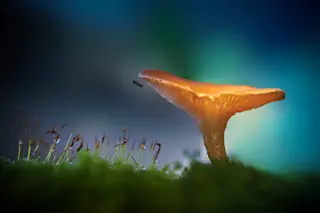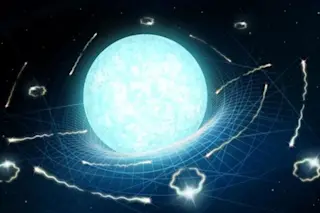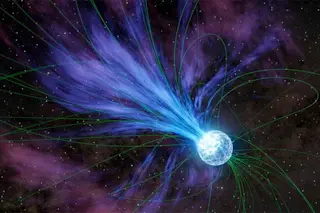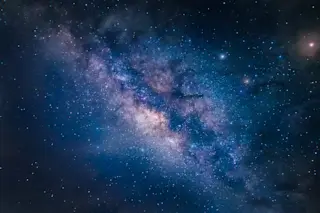VRIGO (Credit: Wikimedia Commons) Last year, physicists made history by observing the first-ever gravitational wave. Their discovery confirmed Albert Einstein’s century-old theory of gravity and capped decades of effort to build an instrument sensitive enough to catch these ripples in spacetime. Since then, researchers working at the government-funded Laser Interferometer Gravitational Wave Observatory (LIGO) — twin detectors in Louisiana and Washington State — have caught several more gravitational waves. At a press conference Wednesday in Italy, the team announced a fourth detection from two colliding black holes, each dozens of times more massive than our sun. And for the first time, they had the benefit of three gravitational wave detectors. Italy’s version of LIGO — called Virgo — came online Aug. 1 following massive upgrades. And it took just two weeks for the Italian gravitational wave detector to prove its worth. The research was published online in the journal Physical ...
Scientists Catch Another Gravitational Wave, And They Know Where It Came From
Gravitational wave detection confirms Einstein's theory; LIGO and Virgo detect waves from colliding black holes.
More on Discover
Stay Curious
SubscribeTo The Magazine
Save up to 40% off the cover price when you subscribe to Discover magazine.
Subscribe













